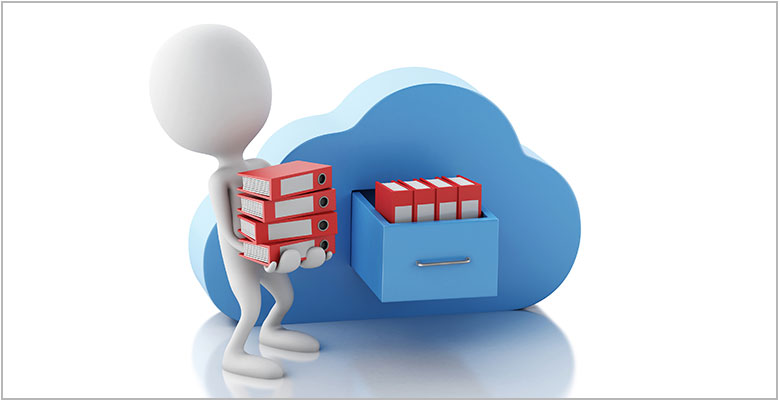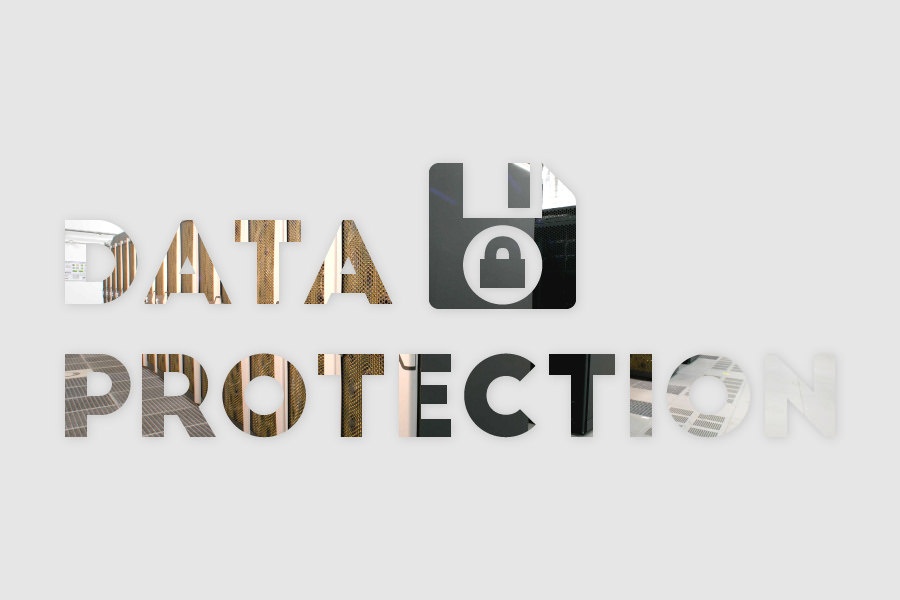Mimecast held their 2020 Cyber Resilience Summit remotely this year, providing some interesting updates to their suite of cyber security tools. As a leading Email Security Gateway, Mimecast has expanded their portfolio over the last few years into a more robust and comprehensive framework that they have dubbed “Email Security 3.0”.
The Email Security 3.0 Framework can be broken out into three zones of protection:
Zone 1: Perimeter – This is your traditional email delivery path and is saturated with relentless attacks. In order to protect against these threats, Mimecast leverages their advanced Targeted Threat Protection including impersonation protection, attachment sandbox, and URL Protection.
Read More












